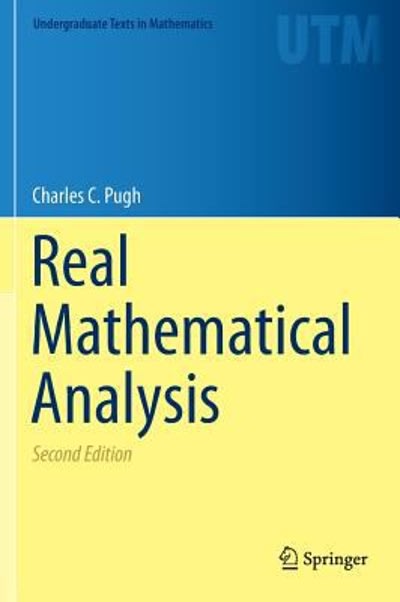
2. (16 points) Trosset chapter 12.6 problem set G. Researchers compared antibody responses in normal and alloxan diabetic mice. Three groups of mice were studies normal, alloxan diabetic, and alloxan diabetic treated with insulin. Several comparisons are of interest: . Does the antibody response of alloxan diabetic mice differ from the antibody response of normal mice? Does treating alloxan diabetic mice with insulin affect their antibody response? . Does the antibody response of alloxan diabetic mice treated with insulin differ from the antibody response of normal mice? Table 12.7 displays the amounts of nitrogen-bound bovine serum albumin produced by the mice. Normal 156 282 197 297 116 127 119 29 253 122 349 110 143 64 26 86 122 455 655 14 Alloxan 391 46 469 86 174 13 499 168 62 127 276 176 146 108 276 50 73 Alloxan 82 TO 243 228 131 | insulin 20 100 72 133 465 40 46 34 44 Table 12.7: Amounts of nitrogen-bound bovine serum albumin produced by normal and alloxan diabetic mice. (a) Using the above data, investigate the ANOVA assumptions of normality and homoscedas ticity. Do these assumptions seem plausible for these data? Why or why not? (b) Now transform the data by taking the square root of each measurement. Using the trans- formed data, investigate the ANOVA assumptions of normality and homoscedasticity. Do these assumptions seem plausible for the transformed data? Why or why not? (c) Using the transformed data, construct an ANOVA table. State the null and alternative hypothesi tested by this method. Should the null hypothesis be rejected at the a = 0.05 level? (d) Using the transformed data, construct suitable contrasts for investigating the research questions framed above. State appropriate null and alternative hypotheses and test them using the method of Bonferroni t-tests. At what significance level should there hypotheses be tested in order to maintain a family rate of Type I error equal to 5%? Which null hypotheses should be rejected? Data: https://mtrosset. pages. iu. edu/StatInfeR/Data/mice. dat Note: (a) For this problem, you can choose a method to construct the ANOVA table. (b) Please include appropriate labels in your plots








